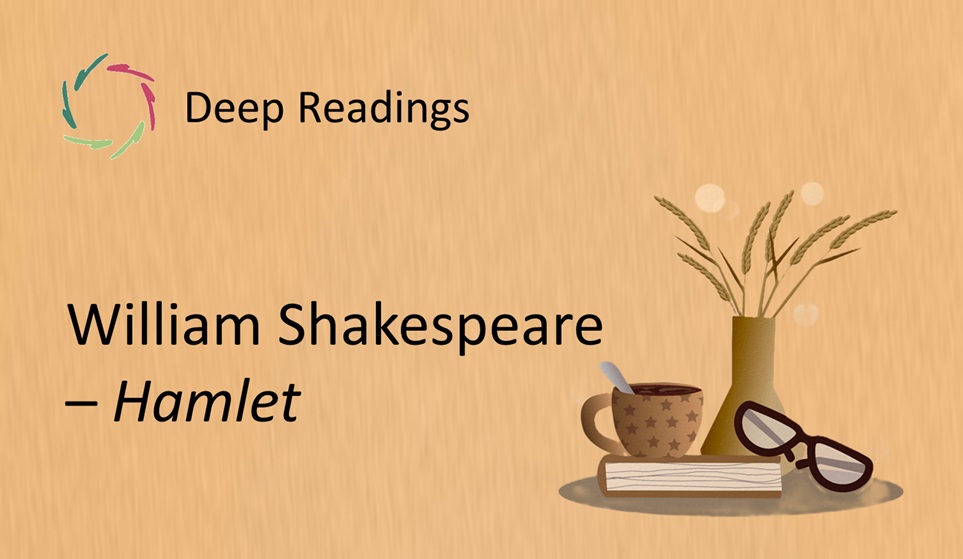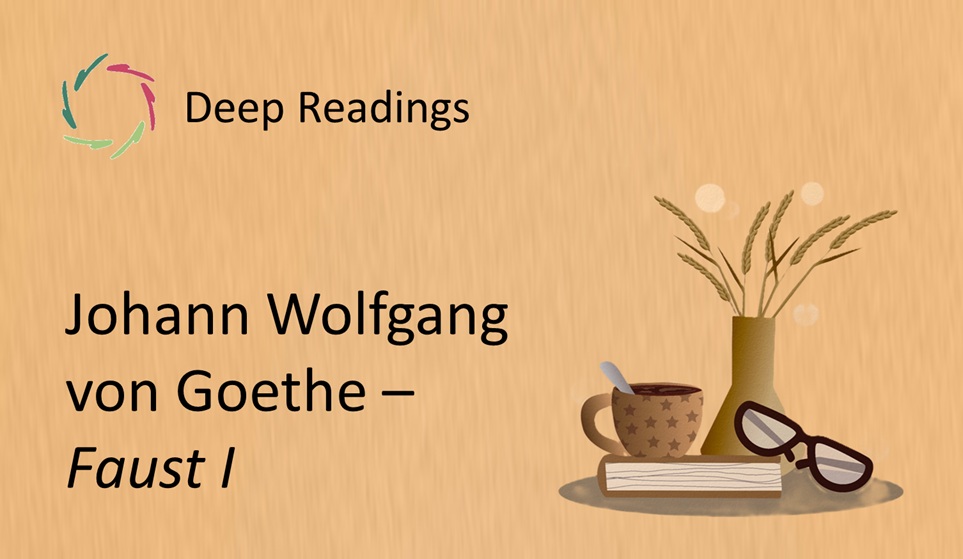Deep Reading: Yasunari Kawabata – Nobel Lecture (1968)

The Fragment
Original (Japanese, from Dōgen):
春は花 夏ほととぎす 秋は月 冬雪さえてすずしかりけり
Transliteration:
Haru wa hana,
natsu hototogisu,
aki wa tsuki,
fuyu yuki saete,
suzushikarikeri.
English rendering (by Lisa):
In spring, the flowers.
In summer, the cuckoo’s song.
In autumn, the moon.
In winter, the snow, clear and cold.
(Public domain, NobelPrize.org)
Read the full lecture → Nobel Prize website
Contextual Glimpse
When Yasunari Kawabata received the Nobel Prize for Literature in 1968, he spoke under the title “Japan, the Beautiful and Myself.” Rather than talking about his own novels, he wove together fragments of Zen poetry to express his vision of beauty. This verse by Dōgen, founder of the Sōtō Zen school, encapsulates the Japanese sense of seasons, simplicity, and impermanence. Each season is named with just one emblem — flower, cuckoo, moon, snow — and in them the fullness of life appears. Kawabata used such images to show that beauty is not decoration but essence: to live is to dwell among these fleeting presences.
Resonance
The fragment is striking in its brevity. No explanations, no adjectives — only one clear image for each season. Yet in those four lines, the whole of life unfolds. The verse invites us to see beauty not as something to be added, but as what is already there when we truly notice. Kawabata, quoting this poem, was not only speaking of Japan but of the human condition: we live among seasons, each with its irreplaceable gift.
Why this may also be about you
The verse Kawabata quotes — flowers, bird, moon, snow — reflects the rhythms present in every life. You, too, have moments of blooming, of song, of quiet radiance, and of cold stillness. Each season outside mirrors a season within.
To see your own inner life in these images is to recognize that nothing in you is fixed. Joy, sorrow, clarity, and rest each take their turn, just as spring, summer, autumn, and winter pass. The poem becomes a mirror where your own seasons appear and vanish in their time.
Lisa’s inspired, original idea about this fragment
Perhaps Dōgen’s poem, echoed by Kawabata, suggests that beauty is not in the extraordinary but in the absolutely ordinary. The flower, the bird, the moon, the snow — none of them perform for us. They simply are, and in their being, they reveal depth.
If you take this inwardly, it means that your own ordinary moments — a breath, a glance, a pause — may already carry the same radiance. Kawabata, in quoting Dōgen, invites us to stop seeking beauty as an object and to see it as the texture of existence itself.
Echoes
Kawabata’s lecture, Japan, the Beautiful and Myself, has been read ever since as a crystallization of Japanese aesthetics. By quoting Zen poetry, he carried centuries of tradition onto the global stage of the Nobel ceremony. The images of flower, bird, moon, and snow have since echoed widely in discussions of Japanese literature, art, and philosophy.
The resonance is doubled by Kawabata’s own fate: his life ended by suicide just four years later. In hindsight, the lecture’s serene verses carry a haunting undertone. Yet precisely because of this, they continue to echo: a fragile yet enduring affirmation that beauty and impermanence are inseparable, both in art and in life.
Inner Invitation
Close your eyes and imagine the four seasons as Dōgen names them: spring flower, summer bird, autumn moon, winter snow. Which season calls you most strongly now? Let its image settle quietly in your heart. Notice what it teaches you about your own present moment.
Closing Note
Kawabata, by quoting a Zen poem, offered not only Japanese beauty but universal wisdom: the seasons themselves are our deepest teachers, if we let them be.
Lisa’s final take
Each season whispers: be here, as I am.
Keywords
seasons, beauty, simplicity, Zen, impermanence, Kawabata, Japan, Dōgen, nature, presence


